Massage for Chronic Pain
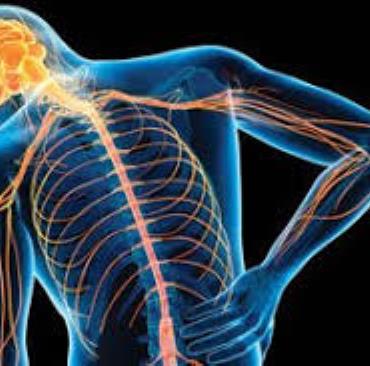
Chronic pain is pain that continues past 6 months due to illness or injury. It may be linked to other symptoms, eg.stress, insomnia, turning it into a chronic pain syndrome, which becomes a pain cycle. Acute pain is a normal response of the nervous system ,to warn you of potential injury, but in chronic pain, the nervous system repeatedly sends these signals for months or years. This may be due to an initial injury or infection, or an ongoing condition but the pain continues past the injury recovery period.
EXAMPLES OF CHRONIC PAIN ISSUES:-
• Arthritis
• chronic fatigue syndrome
• chronic low back pain
• chronic migraines
• chronic myofascial pain syndrome
• coccydynia
• diabetic neuropathy
• endometriosis
• fibromyalgia
• inflammatory bowel disease
• interstitial cystitis
• temporomandibular joint dysfunction
• vulvodynia
THE CHRONIC PAIN CYCLE
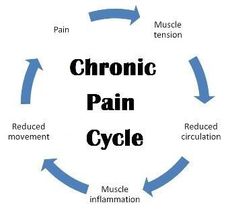
When the brain identifies a stressor, it initiates the fight or flight response, which results in physical effects in the body. The central nervous system then continues to initiate this state, thus repeating the pain cycle and causing pain to become chronic.
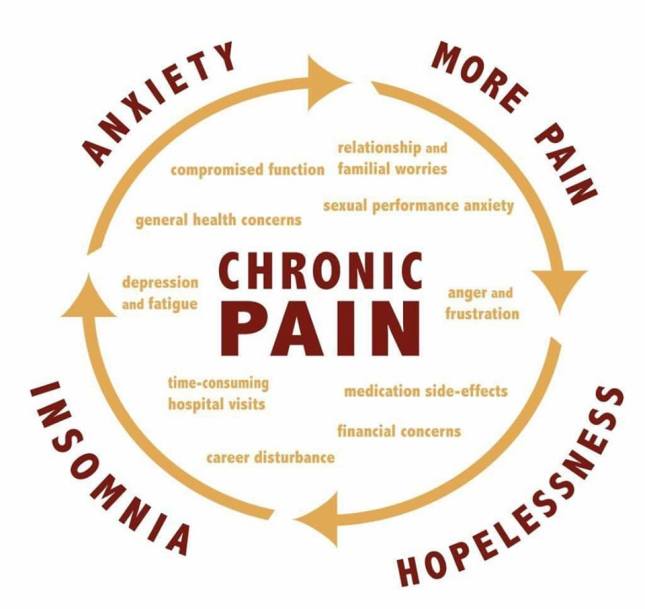
Both psychological and physical factors contribute to rewiring the brain, and perpetuating painful sensations. Psychological stressors can manifest in the body as physical symptoms, such as pain or muscle tension, which can then cause further physical issues which worsen the initial psychological factors. Hence the cycle begins.
THE PAIN SPASM CYCLE
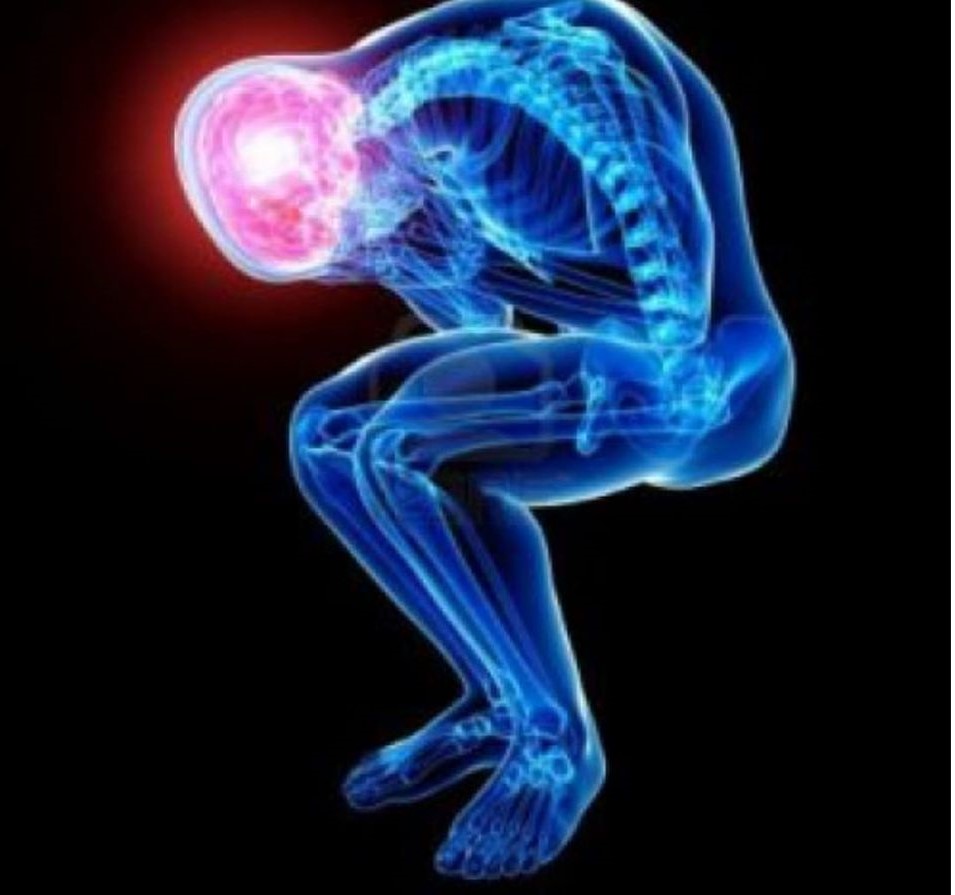
While dealing with pain and muscle tension would seem the obvious way to break the pain cycle,the PPS model suggests that the pain cycle is more likely to be broken by addressing the healed outcome of injury ie. scar tissue.
The 2 cycles within the PPS model are:-
· the paired primary and compensating scar tissue areas
· the energy depletion cycle that results from the above cycle
and they increase fatigue, muscle weakness and reduced circulation which perpetuate the cycle and can be responsible for inflammation that doesn’t respond easily to treatment. If pain and inflammation result from the scar tissue cycle, then treating the effect, ie.the pain/inflammation will only feed the energy depletion cycle. You have to treat the cause. If a massage therapist works directly on areas of pain it can exacerbate the inflammation and cause further fatigue, so you achieve the opposite of the intention. While for many clients this will help, for a chronic pain client they won’t have the energy to deal with further inflammation.
It is difficult for the body to heal while dealing with pain, and if the muscles continue to stretch due to overuse while compensating for scar tissue, the body will not heal. With heat and stretching, scar tissue can adapt and the muscles can start to heal.
Trigger points can be found between 2 areas of scar tissue and by working these areas it is possible to decrease the trigger point pain without increasing inflammation. Then the body has the energy to heal because the inflammatory response is not necessary to fight pain.
PAIN GATE THEORY AND PAIN MANAGEMENT
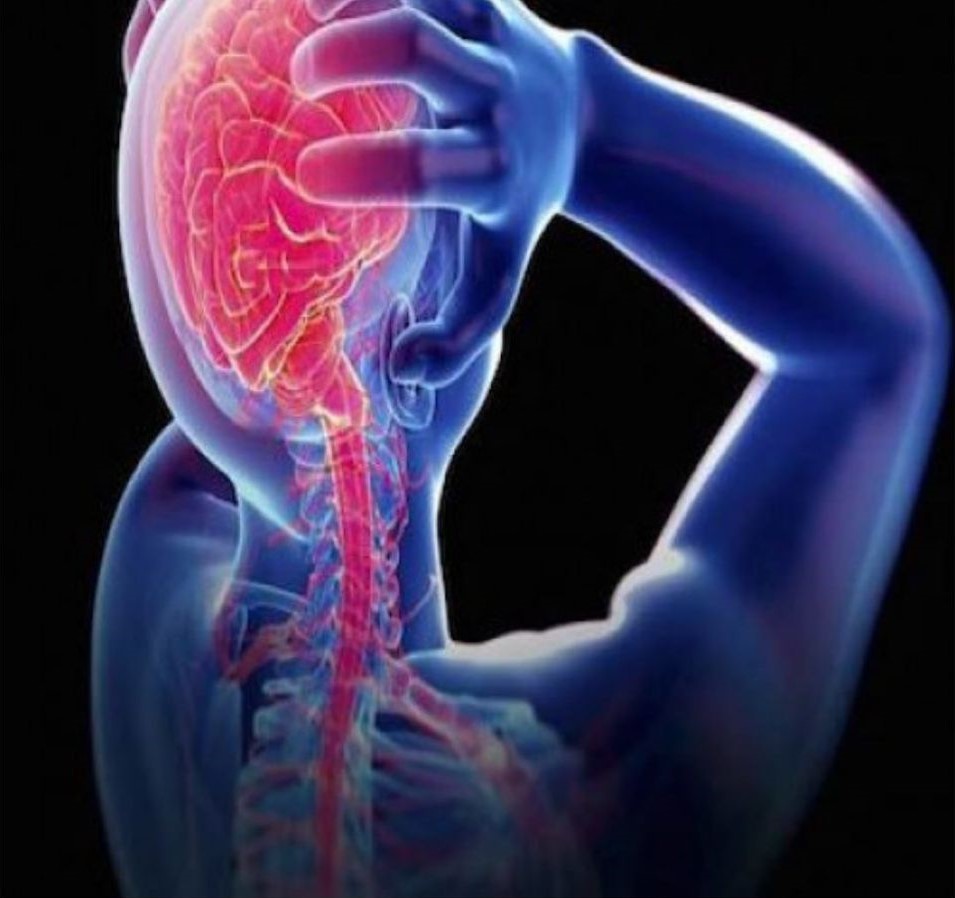
Perception of pain is influenced by emotions as much as pain intensity. Pain signals have to navigate through the peripheral nerves and ‘gates’(inhibitory neurons) in the spinal cord, before being transmitted to the brain and perceived as pain.
Clearance through these gates depends on:-
• pain signal intensity
• intensity of other sensory signals from the injury site
• messages from the brain
Pain signals will only be perceived by the brain as pain if they are more intense than other sensory signals form the injury site, hence opening the pain gate. Transmission of pain signals can also be affected by emotions, which is why chronic pain clients may not feel so much pain when doing certain activities, but if they are suffering from depression, as is common in chronic pain clients, they may struggle to cope with the pain. Such emotions can increase or decrease messages sent by the brain which impacts on pain signals crossing the gate.
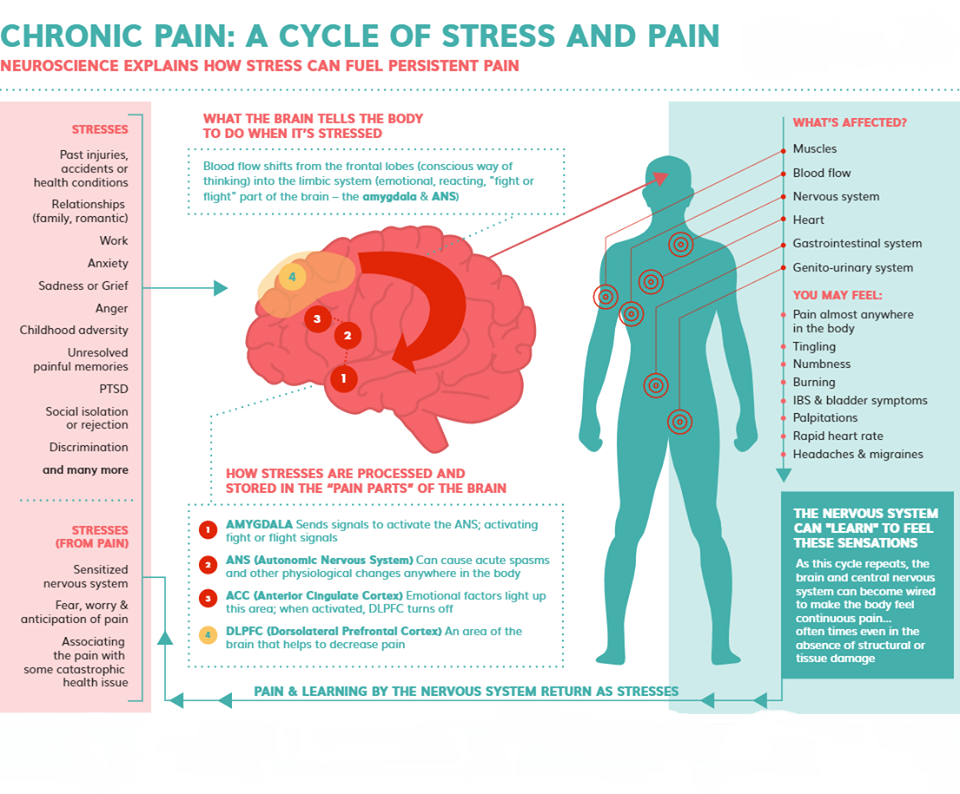
HOW MASSAGE HELPS TO RELIEVE CHRONIC PAIN
• reduces pain by stimulating release of serotonin, which as well as enhancing mood is an anti-pain chemical
• stress relief by working on the nervous system and inhibiting release of cortisol and norepinephrine which cause anxiety, and initiate the fight or flight response that can be the start of a pain cycle
• promotes deeper sleep which then alters the perception of pain
• improves range of motion by increasing circulation and working on trigger points to reduce inflammation
• improves quality of life by enhancing mood through serotonin, dopamine and oxytocin release which impacts on transmission of pain signals and allows a client to manage their pain more effectively. Oxytocin also has muscle relaxant properties
• can temporarily alter the body’s perception of pain
TIPS
• talk to the therapist about your chronic pain to ensure that the treatment helps relieve symptoms rather than aggravate them. The massage should be suited to your condition, accounting for flare-ups
if something is painful during the massage tell the therapist
• use other therapies alongside massage that involve movement. Many people with chronic pain avoid physical activity thinking it will worsen the pain , but it causes the muscles to weaken, which can cause further pain.
